Regulatory Approvals and Guidelines
The Lignocaine Market is also influenced by evolving regulatory approvals and guidelines. Regulatory bodies are continuously updating their standards for anesthetic agents, which can either facilitate or hinder market growth. Recent approvals for new formulations and delivery systems of lignocaine have opened up new avenues for its use in various medical applications. These regulatory advancements not only enhance the safety profile of lignocaine but also encourage healthcare providers to adopt it more widely. As a result, the market is likely to experience a positive impact from these regulatory changes.
Advancements in Anesthetic Techniques
Innovations in anesthetic techniques are significantly influencing the Lignocaine Market. The development of new delivery methods, such as ultrasound-guided regional anesthesia, enhances the efficacy and safety of lignocaine applications. These advancements not only improve patient outcomes but also expand the range of procedures where lignocaine can be utilized. For instance, the use of lignocaine in outpatient surgeries has increased, as it allows for quicker recovery times and reduced hospital stays. This trend suggests a growing acceptance of lignocaine in various medical settings, thereby driving the market forward.
Growing Awareness of Pain Management Options
There is a notable increase in awareness regarding pain management options among both healthcare professionals and patients, which serves as a significant driver for the Lignocaine Market. Educational initiatives and campaigns aimed at promoting effective pain management strategies are gaining traction. This heightened awareness is leading to more informed discussions between patients and healthcare providers about the use of anesthetics like lignocaine. As patients become more proactive in seeking pain relief, the demand for lignocaine is expected to rise, further propelling the market forward.
Increasing Prevalence of Chronic Pain Conditions
The rising incidence of chronic pain conditions, such as arthritis and neuropathic pain, is a primary driver of the Lignocaine Market. As populations age, the demand for effective pain management solutions intensifies. According to recent estimates, chronic pain affects approximately 20% of adults, leading to a substantial need for anesthetic agents like lignocaine. This trend is likely to continue, as healthcare providers increasingly recognize the importance of addressing pain as a critical component of patient care. Consequently, the Lignocaine Market is poised for growth, as more patients seek relief from persistent pain through various medical interventions.
Rising Demand for Local Anesthetics in Dental Procedures
The dental sector is witnessing a surge in the use of local anesthetics, particularly lignocaine, which is a key driver for the Lignocaine Market. As dental procedures become more common and complex, the need for effective pain management solutions is paramount. Reports indicate that the dental market is expected to grow at a compound annual growth rate of over 5% in the coming years. This growth is likely to be fueled by an increasing number of dental surgeries and a heightened awareness of the importance of pain control during these procedures. Consequently, lignocaine's role in dental applications is becoming increasingly vital.
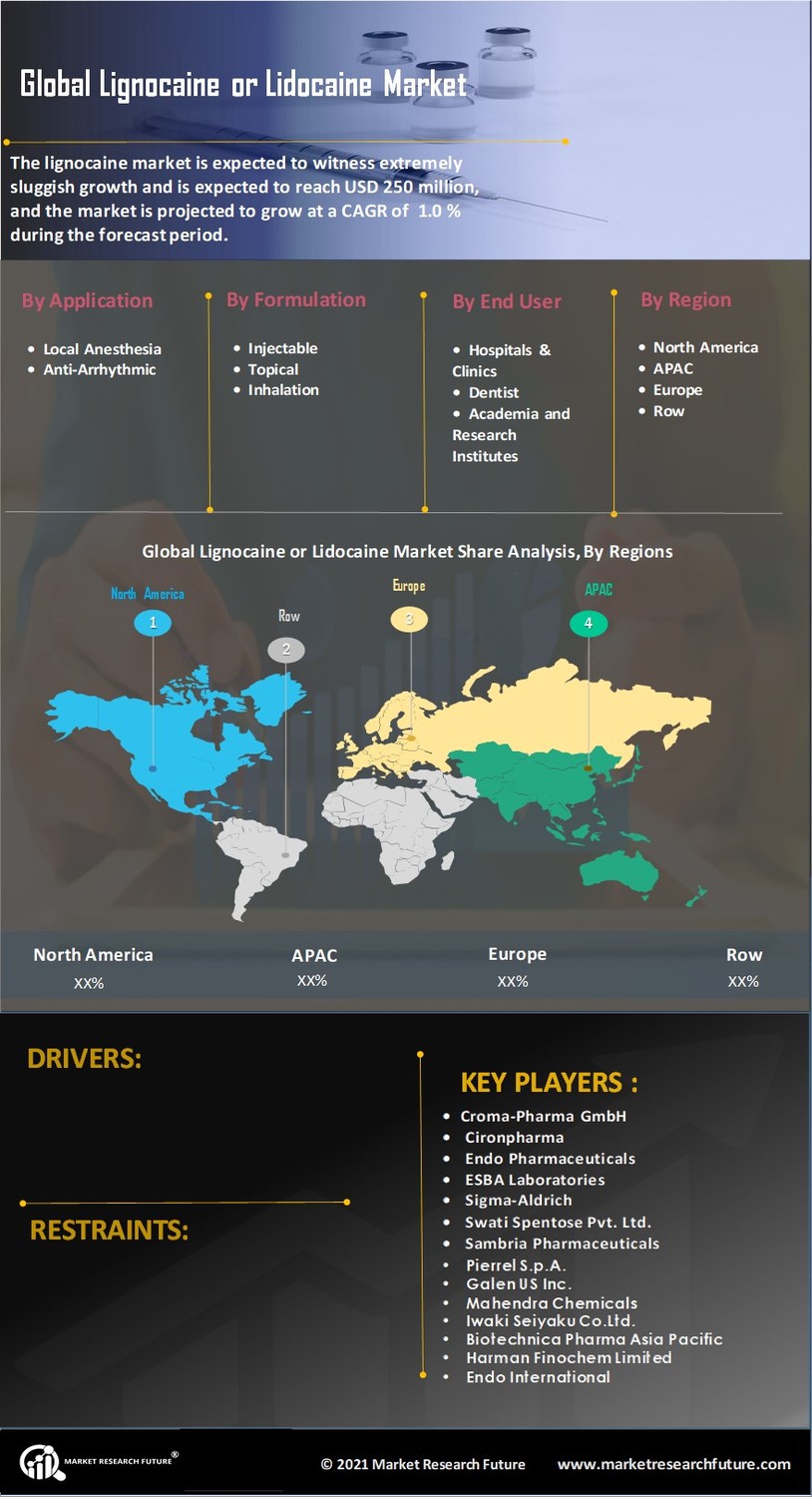

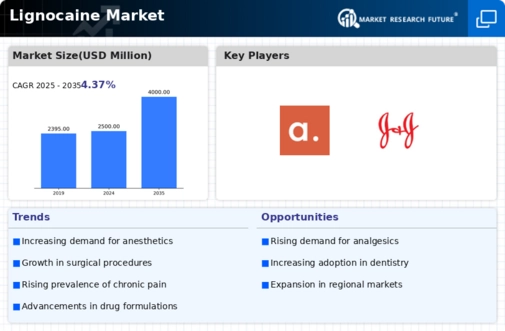
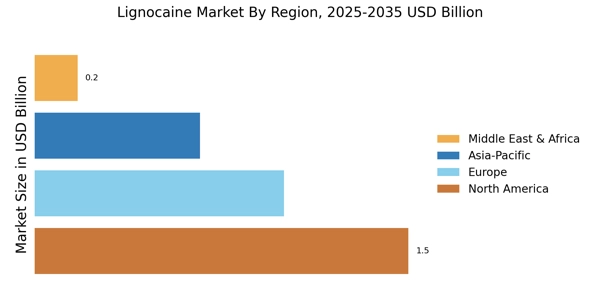


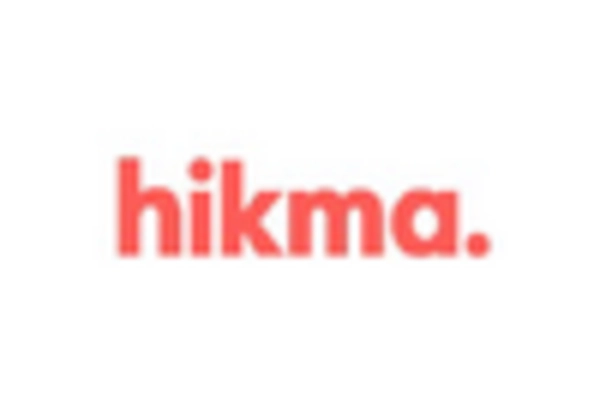

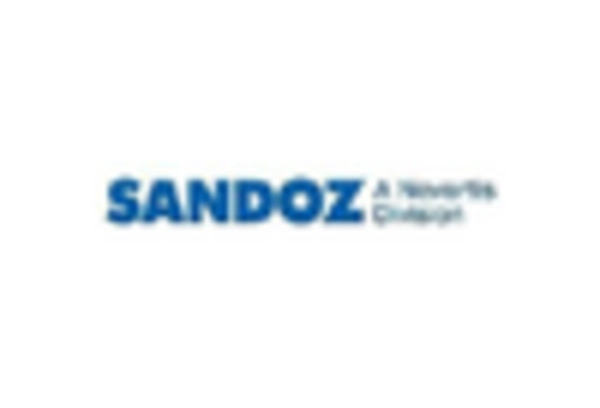
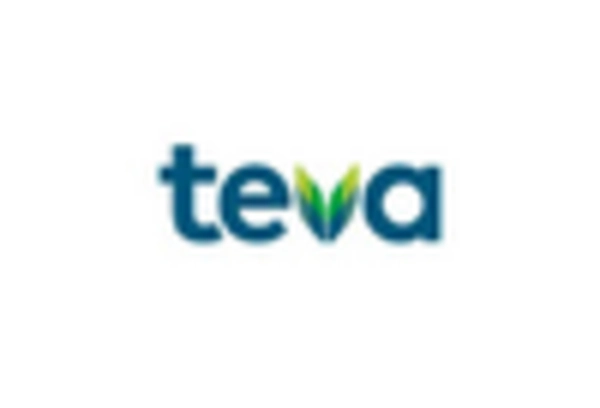








Leave a Comment